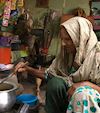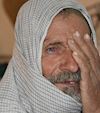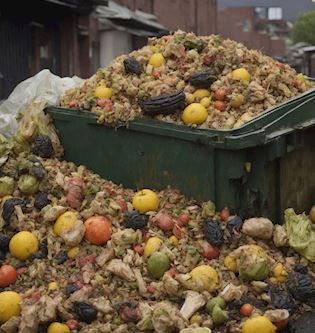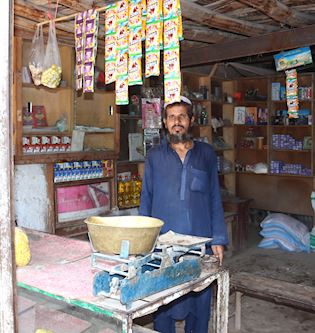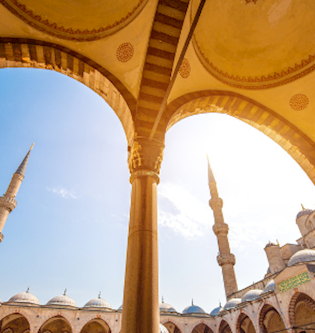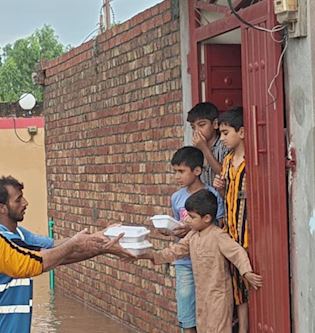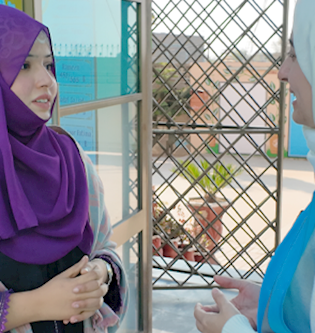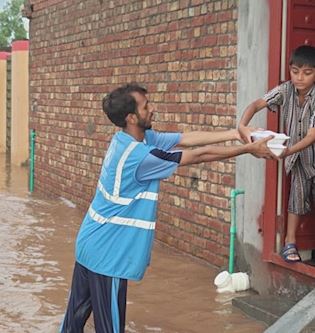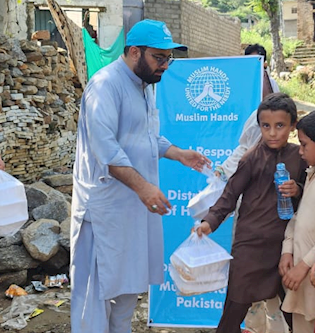Your Easy Guide to Hajj
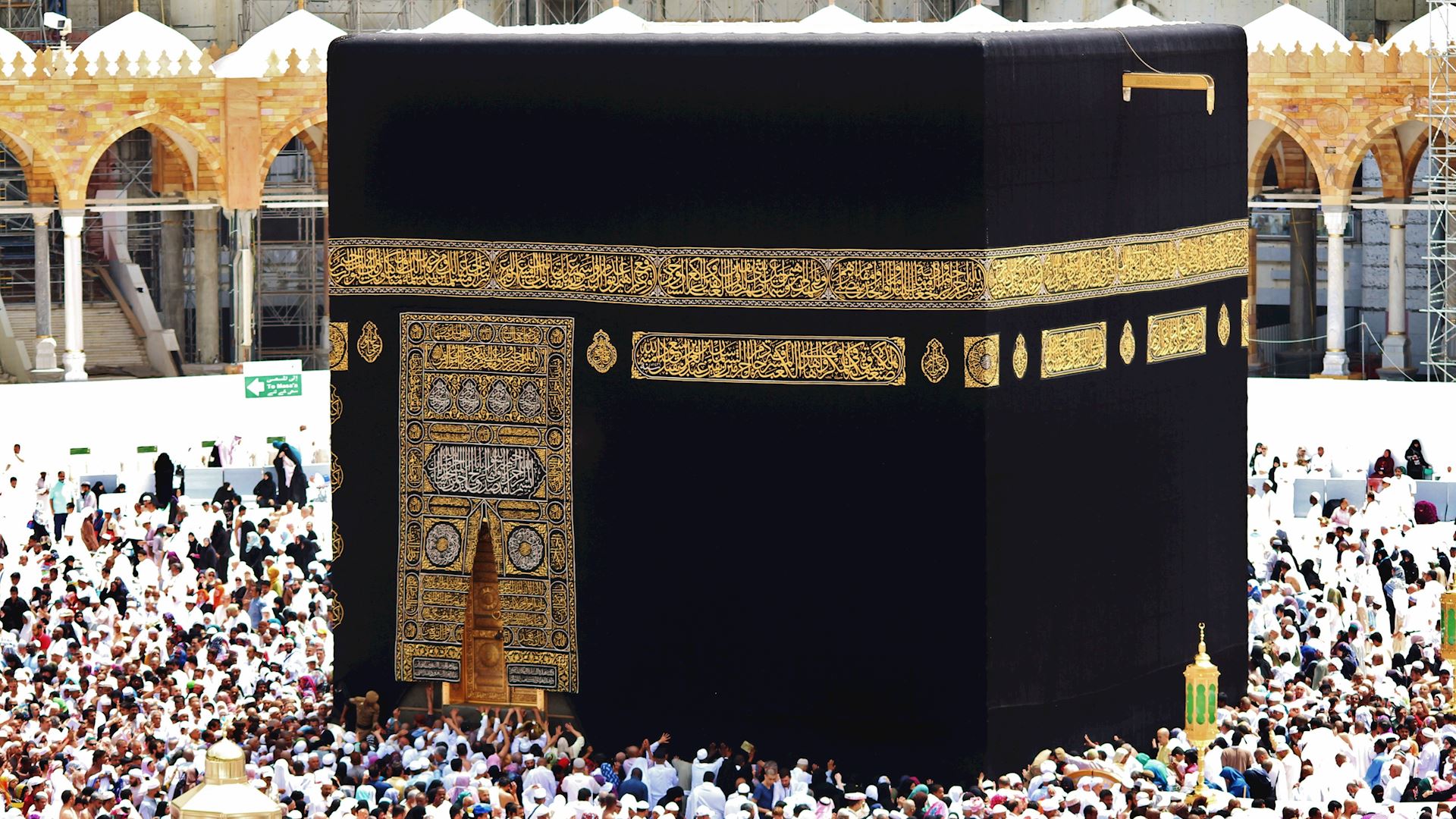
One of the most sacred months of the Islamic calendar, Dhul Hijjah, is upon us. As this year’s pilgrims prepare for Hajj, the rest of us will be longing tojoin them in the holy cities of Makkah and Madinah.
For those of us who can’t be there, our Hajj guide is an easy way of following the journey of the pilgrims and the important rites they will be performing as they fulfill the fifth pillar of Islam.
Before Hajj: ‘Umrah - Minor Pilgrimage
Ihram
When a pilgrim pronounces the niyyah (intention) of Hajj and utters the talbiyah, certain halal things become haram for them. This combined action (niyyah and talbiyah) is called Ihram. Entering this sacred state in order to cross the Miqaat (boundary) into Makkah entails wearing plain garments - two unstitched cloths for men, or loose-fitting clothing for women - as well as following certain rules, such as not engaging in sexual activity or cutting your hair and nails.
Tawaf and Sa’y
Once in Makkah, the pilgrims will visit the Haram al-Sharif and then perform Tawaf or circumambulation of the Ka’bah beginning at the black stone. This is considered an integral part of the pilgrimage, and refers to the seven times pilgrims circle around the Ka’bah before, during and after the Hajj. The circuits are done in a counterclockwise direction and are thought to express the unity between Muslims in worshipping one God. After Tawaf, two nafl prayers are to be offered behind the station of Ibrahim (as), but because of congestion scholars allow people to pray anywhere in the Haram al-Sharif. After this, they will journey seven times between the hills of Safa and Marwa to re-enact the journey of Prophet Ibrahim’s (as) wife Hajar (as) as she searched desperately for water for her infant son, Ismail (as), when they were left in the desert of Makkah at Allah’s (swt) command. The Zam Zam drank by the Hujjaj before doing this journey is the very same water that was provided to Hajar (as) by the angel Jibreel (as). The Sa’y ends at Marwah and the pilgrims mark its completion by shaving or trimming their hair.
1. 8th Dhul Hijjah
Ihram
Ideally after fajr prayers, pilgrims will once again enter the state of Ihram whilst in Makkah and then proceed to the tent city of Mina.
Mina
The 8th Dhul Hijjah is known as the day of Tarwiyah, meaning the Day of Quenching where traditionally the sacrificial animals were well-watered and prepared for their journey. The pilgrims depart to Mina and spend the day and night there in prayer and remembrance of Allah (swt).
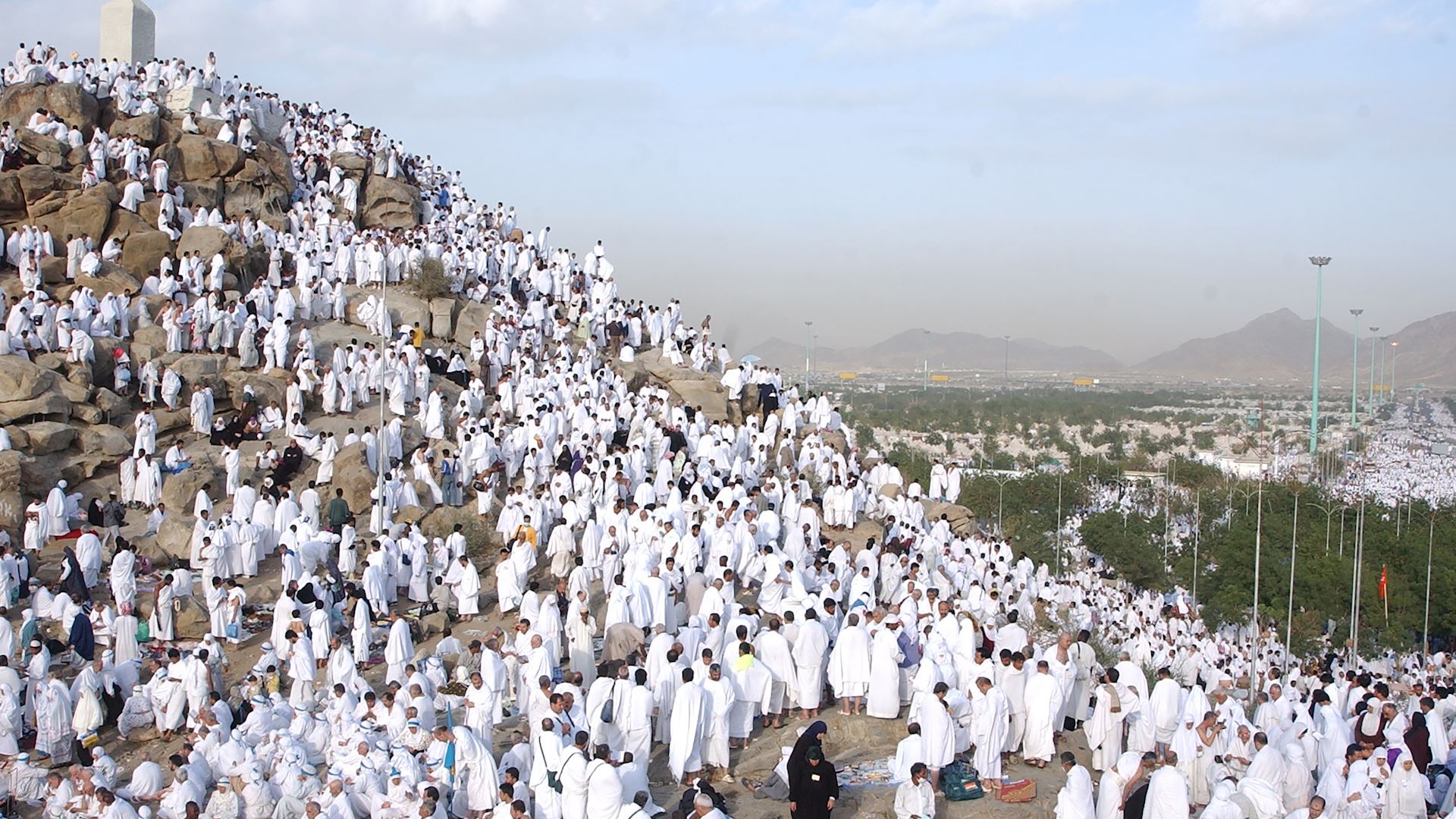
2. 9th Dhul Hijjah
‘Arafah
On the sacred Day of ‘Arafah, on which Islam was said to be perfected, pilgrims leave Mina in the morning and spend the day praying and asking for forgiveness at the Plains of Arafat. Some pilgrims choose to pray dhuhr and ‘asr prayers combined behind the Imam of Hajj at Masjid Namirah and then onto Mount Mercy where the Prophet (saw) gave his last sermon. For those who cannot attend Hajj, it is recommended to mark this important day by fasting.
Muzdalifah
After sunset, pilgrims leave for Muzdalifah where they perform maghrib and ‘isha prayers combined and stay overnight to perform the fajr salah.This is when many people collect pebbles for the days of stoning that lay ahead.
3. 10th Dhul Hijjah: Eid al-Adha/Yawm an-Nahr
Jamarat
After returning to Mina, the pilgrims head to the Jamarat Bridge to stone the Jamrah al-’Aqabah, the largest of three pillars representing Shaytan at Mina. By performing this rite pilgrims are re-enacting Prophet Ibrahim’s (as) reaction to Shaytan when he appeared to him to try and dissuade him from carrying out the sacrifice of Prophet Ismail (as) as commanded to him by Allah (swt). They then move onto Makkah to perform the Tawaf al-Ifadah followed by two nafl prayers near the station of Ibrahim (as). They then drink ZamZam water and do the second Sa’y.
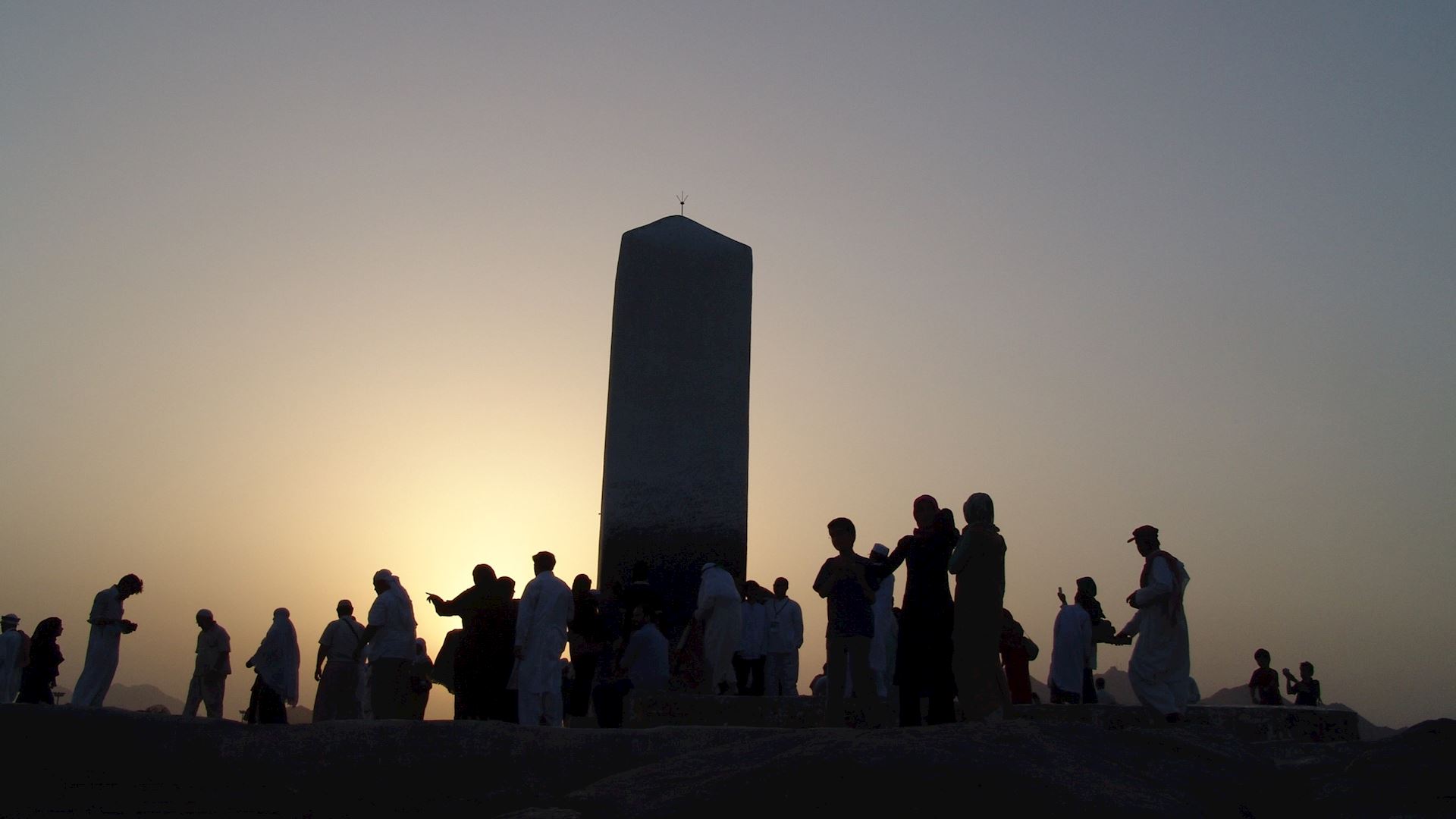
The sacrifice
Following the Tawaf and Sa’y, the Hujaaj wait to hear that their sacrifice has been completed. This is the slaughtering of an animal in commemoration of Prophet Ibrahim’s (as) submission to the will of Allah (swt) by offering up his son Ismail (as) as a sacrifice, only for Allah (swt) to replace him with a ram at the last moment. After the sacrifice is made, the men will shave their heads and the women will cut a small length of their hair thereby leaving the state of Ihram.
4&5. 11th and 12th Dhul Hijjah
Final rites
Pilgrims will shower and change in their hotel rooms in Makkah before spending the next two days of Eid stoning the three columns at Mina. From there they head to Makkah for their farewell Tawaf. Many will then visit the holy city of Madinah where the Prophet (saw) and his companions are buried, before heading home.
You can also watch our Hajj documentary series, Footsteps of the Prophets, filmed in Makkah, to learn more about the different steps of Hajj, including the history of the Kaaba itself.
If you are not able to follow in the footsteps of the Prophets by making the Hajj journey this year, there are other ways of reviving the Sunnah right here in the UK. On the authority of Abu Talhah (ra) it is reported that:
‘The Prophet (saw) sacrificed for the one who could not sacrifice from his ummah, one who bore witness to the Oneness of Allah and [his] Prophethood’. (Tabarani and Ahmad)
From just £35 you can emulate this beautiful act of generosity and give a Qurbani on behalf of those who cannot afford to.





